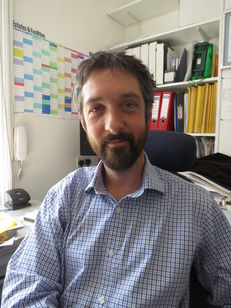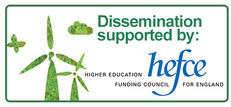Richard Groves, Associate Director (Energy & Engineering) - Goldsmiths, University of London
Since 2009, Richard has measurably reduced our CO2 emissions by 1,532t, or 24% of our 2005/06 energy baseline. His projects have so far achieved improved heating / ventilation, more energy efficient lighting and installation of Photovoltaic (PV) Panels. These will continue to save Goldsmiths £350,000.00 a year and we expect to exceed our carbon targets.
By 2020, Richard will have saved at least 3,176 tonnes of CO2, thereby achieving at least a 50% reduction of our 2005/06 baseline. Richard is continually devising new ways of saving Goldsmiths money while reducing our carbon footprint. In 2016, his remit expanded to include major input into ICT refurbishments which he has ensured are installed correctly so as not to undermine any energy savings. Richard also procures for the most sustainable technologies available.
Richard’s latest project will bring low carbon heat to campus in partnership with our local authority and a Waste-to-Energy plant.
Top 3 learnings
1 Know your campus It’s really important to know how each department functions so you know in advance how changes you want to make will affect them. Then you can be ready to counter their arguments!
2 Go with your gut instinct. While a lot of emphasis is placed on gathering data before and after making changes – there are times when you have to go with what your instinct tells you. After all, your expertise is what you are being paid for!
3 Use good data. This appears to go against point 2 above, but it ties in to point 1. You need to know where energy is being used, to spot trends in wastage. Having several years of good reliable data means you can spot when something looks wrong and needs intervention – and allows you to use point 2 above.
CO2t Savings: 1532 (or 24% since 2005/06)
Actual/Estimated: Actual
No. of yrs: 7










 Except where otherwise stated, content on this site is
licensed under a Creative Commons Attribution 3.0 License.
Except where otherwise stated, content on this site is
licensed under a Creative Commons Attribution 3.0 License.
